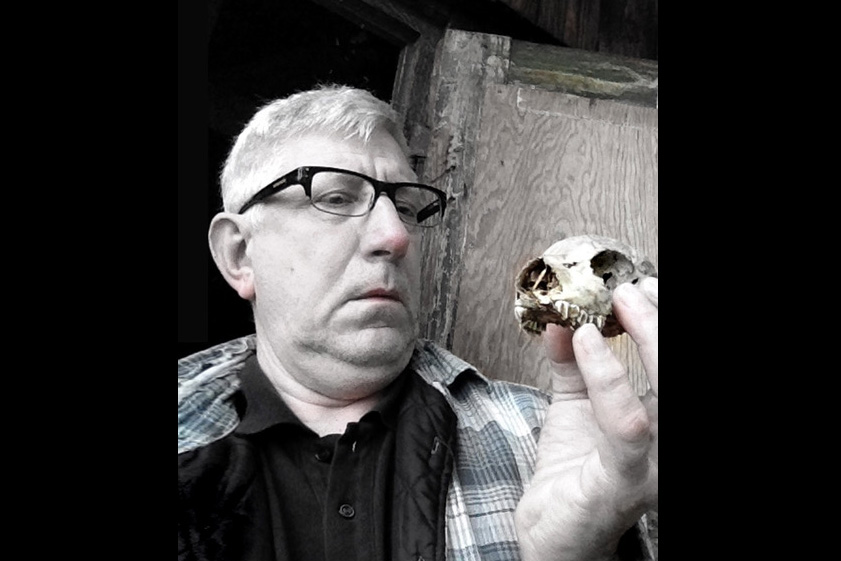We recently sat down with Director Andrzej Welminski to discuss his UK premiere of The Comet with Teresa Welminski. Inspired by the life and work of Bruno Schulz, one of the greats of Polish 20th century literature, The Comet is an impressionistic portrait of the remarkable author. The Comet is on until this Saturday 24 March. Book now

Focusing in on this performance, The Comet, give us a look at the characteristics of the performance. What’s different and special?
It’s difficult for me to explain in so few words but I think one thing is important; we wanted to create reality, because in art it’s always about reality. Reality of Bruno Schulz and reality of his drawings, his writings and his creativity mixed with his life events. The other thing is performance is used in several conventions so it is also gaming with theatrical conventions. If you are gaming with theatrical conventions…
Gaming? As in playing?
Gaming, yes -as in playing chess and cards. If you are gaming with theatrical conventions we can reach reality- reality which is real reality. Audience is a very important element of the performance, audience is involved in this performance, and audience is one of our characters. In our programme (opens programme), we have ‘dramatis personae and figures’. Spectators are in the first line. Spectators are the most important element in any art – without spectators, there is no art.
What level of importance is the narrator?
Narrator is lower level, but it’s also not the lowest.
Talk about the expression that you’re using – imagery, puppetry. What sort of thing will people see?
So talking about mixing of different conventions, we are using – I don’t want to spoil it of course, so I can’t tell you everything, but we are using elements of animation. Originally, this performance was made for the Puppet Museum, Museum Di Marionette in Palermo, so it was especially thinking about Marionette, and the subject of Gordon Craig who was also very close to this, animation of objects is one of the elements, it is one convention. The second important element, maybe we can say it, it’s a projector, a very old fashioned projector and it comes from the historical fact that Bruno Schultz brother, Isador, was owner of cinema in *Rhoditsch?* Bruno Schultz as a young child, used to spend all evening until the last performance in the cinema. He was especially fascinated by black and white Walt Disney cartoons so maybe this will also be recognised in our performance. I think emotions are also very important – we try to share emotions with spectators.